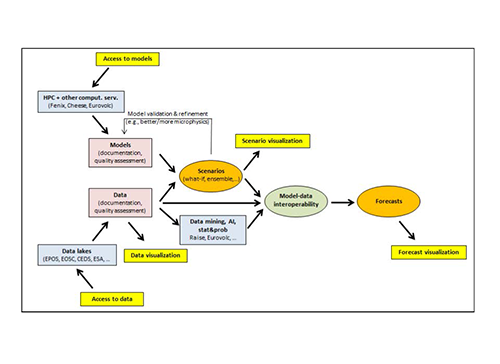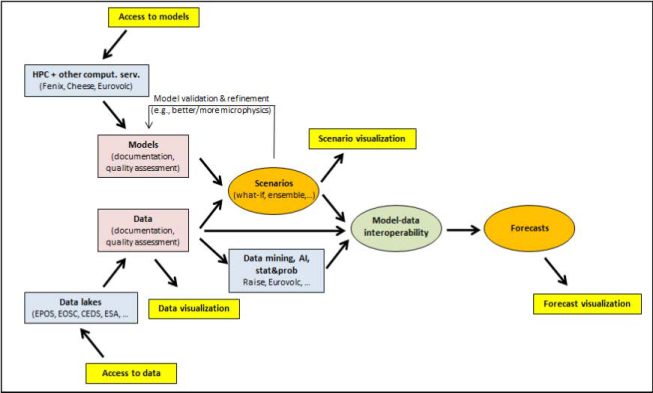Big volcano science: needs and perspectives

Papale P., Deepak Garg (2022)
Bulletin of Volcanology, 84, 20, https://doi.org/10.1007/s00445-022-01524-0
Abstract
Volcano science has been deeply developing during last decades, from a branch of descriptive natural sciences to a highly multi-disciplinary, technologically advanced, quantitative sector of the Geosciences. While the progress has been continuous and substantial, the volcanological community still lacks big scientific endeavors comparable in size and objectives to many that characterize other scientific fields. Examples include large infrastructures such as the LHC in Geneva for sub-atomic particle physics or the Hubble telescope for astrophysics, as well as deeply coordinated, highly funded, decadal projects such as the Human Genome Project for life sciences. Here we argue that a similar Big Science approach will increasingly concern volcano science, and briefly describe three examples of developments in volcanology requiring such an approach, and that we believe will characterize the current decade (2020-2030): the Krafla Magma Testbed initiative; the development of a Global Volcano Simulator; and the emerging relevance of big data in volcano science.



Devi effettuare l'accesso per postare un commento.